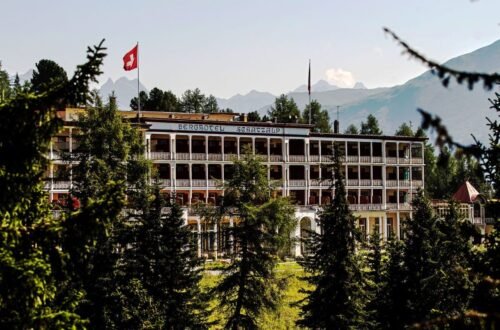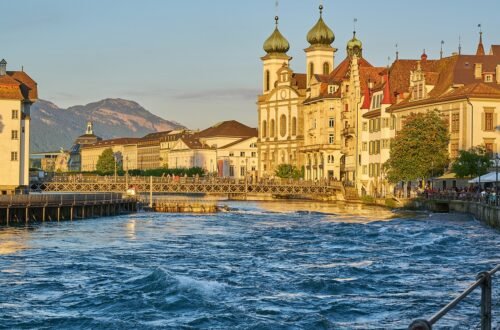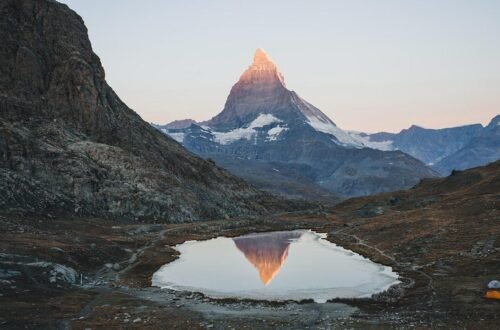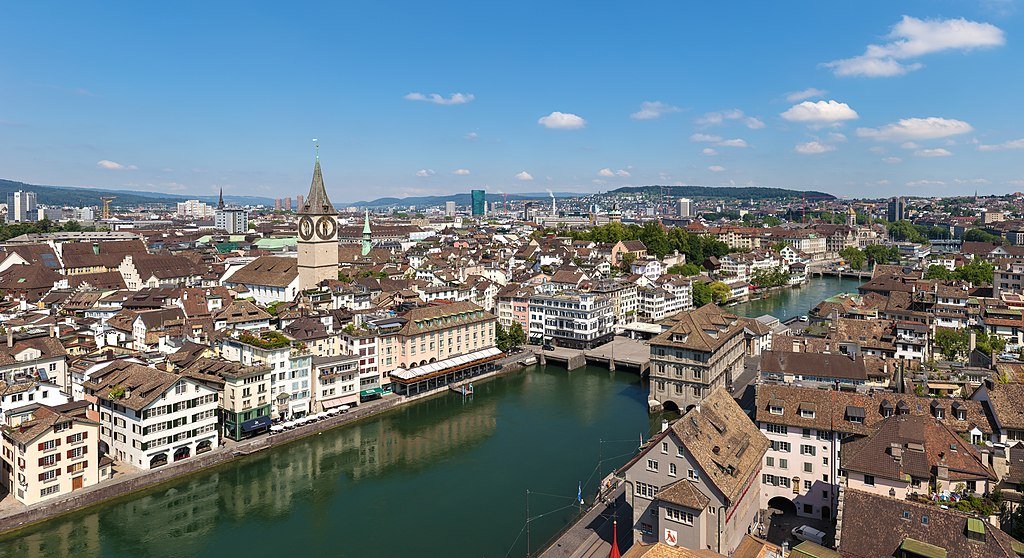
15 Things to Visit in Zürich (Switzerland)
The largest city in Switzerland is located on the bank of its sparkling name-brand lake. The financial powerhouse of Zürich has one of the highest liveability scores in the entire globe. The city’s rivers and that lovely lake offer excellent swimming water quality, and you may take trains from the Hauptbahnhof and be at a peak breathing in sparkling air in just a few minutes. In the city’s centre, these outdoor swimming pools, or “badis,” have evolved into popular nightclubs. The attractions, exorbitantly expensive stores, and effortlessly cool nightlife of Zürich are located in the Altstadt, a historic district split in half by the Limmat river that emerges from the lake. Let’s examine the top activities in Zürich:
- Fraumünster
- The Swiss National Museum
- Lindenhof
- A Museum of Art
- Uetliberg
- Zürich Zoo
- Beyer Clock and Watch Museum
- Altstadt (Old Town)
- Rietberg Museum
- Lake Zürich
- Bahnhofstrasse
- Grossmünster
- Zürich-West
- Limmat Cruise
- Niederdorf
Fraumünster
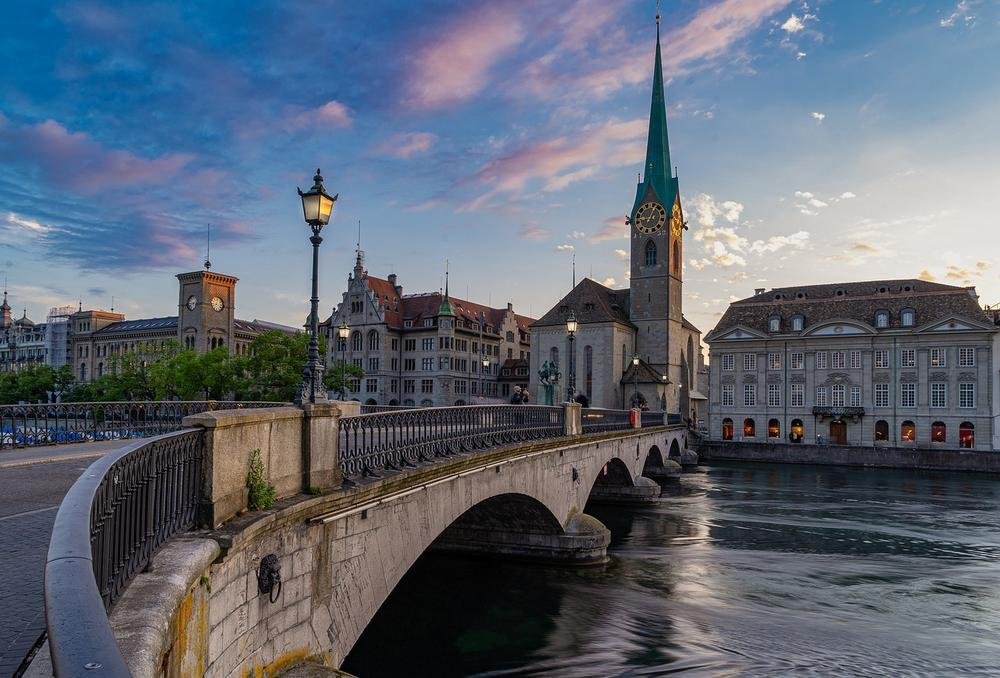
Although Louis the German, a descendant of Charlemagne, founded this church in the ninth century, the majority of the building’s structure dates from the 12th to the 15th. After being closed off for more than a century, the crypt’s stonework from the 800s can now be seen as of 2016. Similar to the Grossmünster, this church also received a stained glass window by Giacometti, which is located in the north transept. Then, in 1970, Marc Chagall was commissioned to create five windows in the choir, and these are titled Prophets, Jacob, Christ, Zion, and Law.
The Swiss National Museum
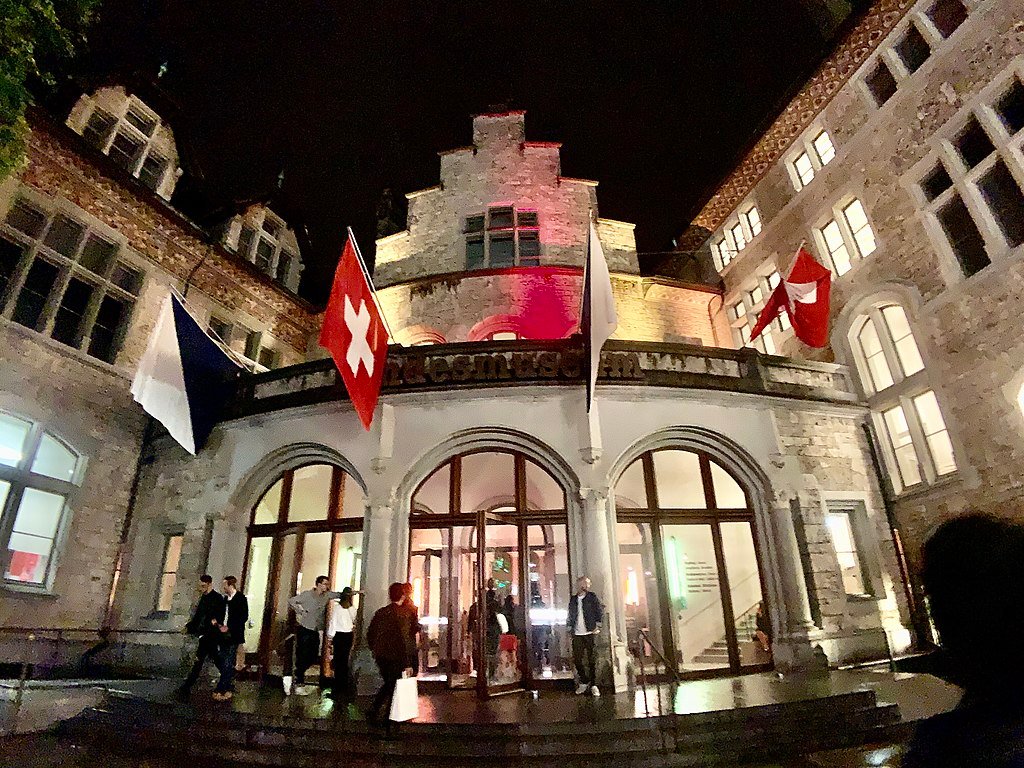
This museum studies Swiss culture and takes you on a journey through the history of the country. It houses the largest collection of historical artefacts in all of Switzerland. Moving through the ages to the 20th century, you’ll start with pottery, weaponry, and tools from the ancient era. Particularly well represented are some historical periods, such as the medieval era with its exquisite Gothic art. The rich collection of triptychs, carved altars, and wooden pictures from churches and chapels across the nation extends into the Renaissance. Additionally, you can explore the items in Zürich’s historic armoury and see Swiss art movements at the gallery. All of this is housed in an opulent palace built in the Renaissance Revival style in 1898.
Lindenhof
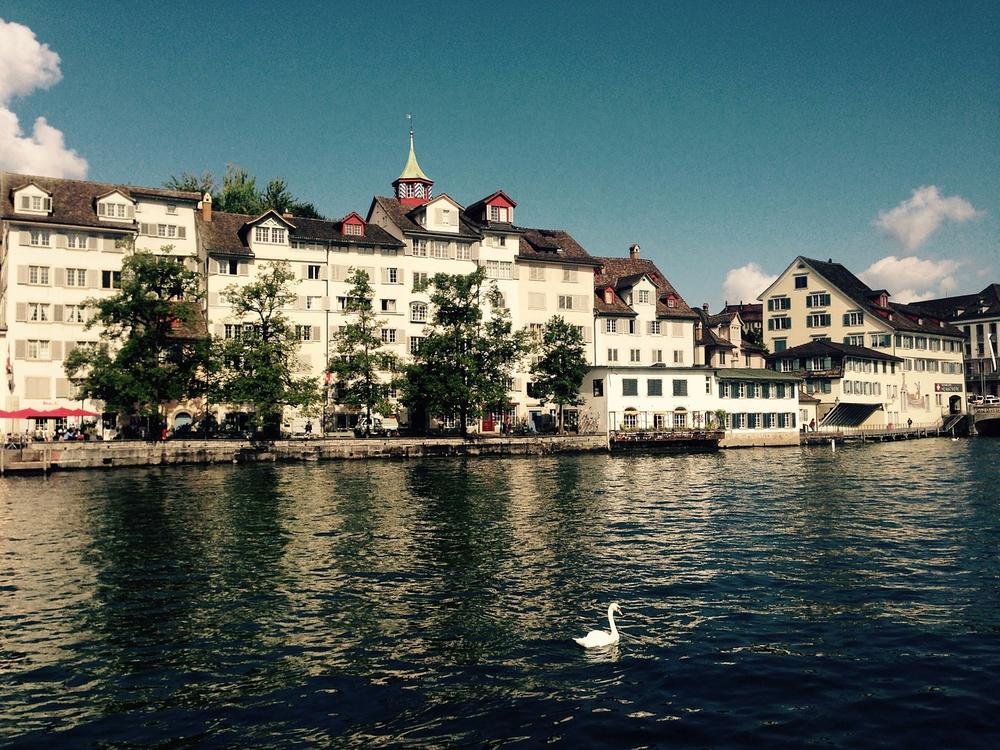
A Roman fortification formerly stood atop a hill in the middle of the city that crosses the left bank of the Limmat. This hilltop location, shaded by lime trees, offers an uninterrupted view of Zürich’s oldest neighbourhoods on the right bank. Despite having a hectic past, the Lindenhof is currently a peaceful location. In the ninth century, Louis the German, a descendant of Charlemagne, erected his palace here, long after the Roman fort was built. And much later, in 1798, the residents of Zürich took the pledge to uphold the Helvetic Constitution here.
A Museum of Art
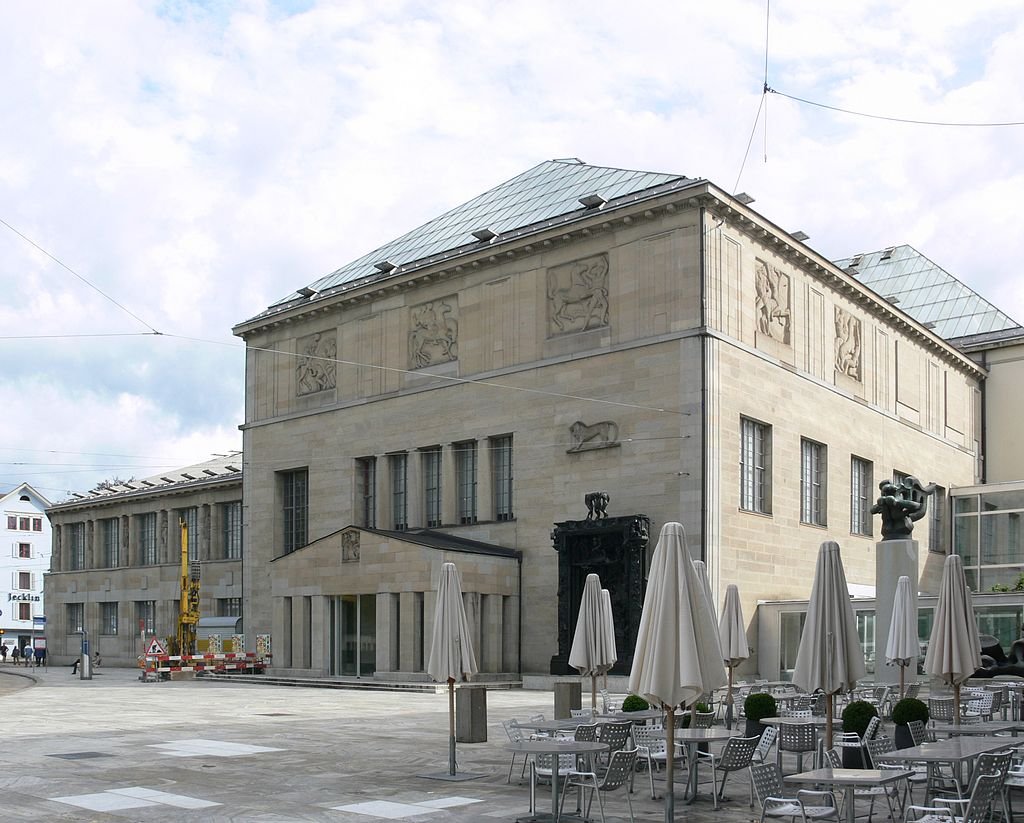
The outstanding Museum of Art in Zürich is located close to the Schauspielhaus on Heimplatz. A collection that stands out for having the world’s greatest collection of works by Swiss 20th-century artist Alberto Giacometti includes works from the 1200s to the 2000s. View the works of symbolists like Ferdinand Hodler, romantics like Henry Fuseli, or modern artists like Pipilotti Rist and Peter Fischli to satiate your interest in Swiss art. Assorted pieces by van Gogh, Monet, Marc Chagall, Picasso, and Max Beckmann, as well as works by artists like Rembrandt and Domenichino, are among the enormous collection of Edvard Munch artwork outside of Scandinavia.
Uetliberg
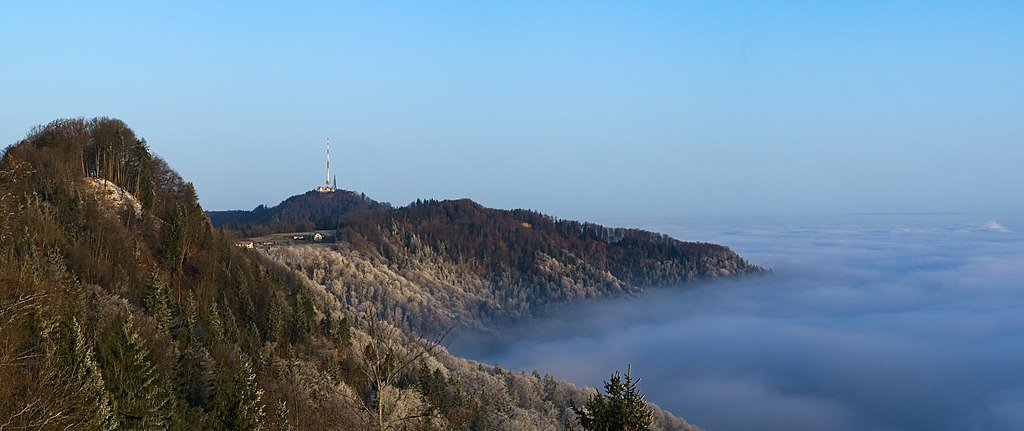
Since 1875, it has been possible to take the train from the city’s centre to the peak of this southwest-facing mountain. In about 25 minutes, using the S10 on the SZU from Hauptbahnhof, you’ll be close to the peak. Only a short distance separates the Uetlibertg station from the top. The view from up there of Zürich, its rivers, the lake, and the snow-capped Alps in the distance is breathtaking. The majority of day visitors come to trek in the forest. However, there is a restaurant and hotel at the crest. When winter first arrives, the peak is above the layer of fog that covers the city and is only broken by the tallest structures. There is a cable car that runs between Felsenegg and Adliswil, but if you want to return to the city while you’re still in good shape, you can climb down the hill.
Zürich Zoo

If you’re the kind of person who insists that animal attractions must adhere to the highest ethical standards, Zürich Zoo does so. The architecture of the habitats has been carefully considered, synthesising entire ecosystems and giving animals as much room to move about as feasible. At the Kaeng Krachan Elephant Park, where a portion of the Indian elephants’ habitat is in a modern biome, this is very impressive. There are even underwater viewing sections so you can see them dive. The zoo is home to 4,000 animals overall, representing 340 different species. These include domestic animals at the petting zoo and emperor penguins that you can follow as they stroll across the park.
Beyer Clock and Watch Museum
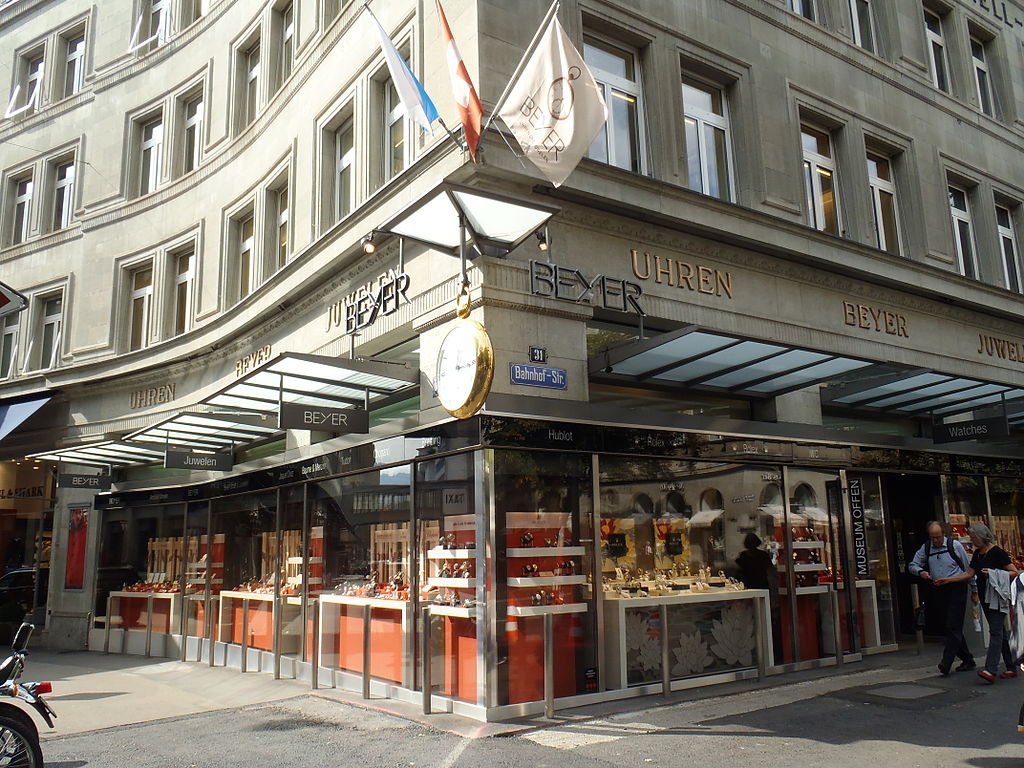
A fascinating museum detailing the development of timekeeping and the craft of watchmaking may be found underneath the Beyer jeweller and watch store on Bahnhofstrasse. You couldn’t tell the museum was here from the street, but don’t be concerned by the lack of attention. An iPad with extensive information on each watch, the oldest dating back 3,400 years, will be handed to you as you enter. Navigational tools, pendulum clocks, sophisticated automata from the 16th and 17th centuries, beautifully built pocket watches, and a 1960s prototype of the first quartz wristwatch are all crammed into this area.
Altstadt (Old Town)

Zürich’s historic centre, which encompasses all of Kreis 1 (District 1), is on both banks of the Limmat. Much of the city’s culture, nightlife, and shopping is focused on the mediaeval and early modern streets of Altstadt. It’s one of those locations you’re happy to get lost and discover squares, cafes, oddball unique stores, and a variety of historic landmarks, like the four mediaeval churches and the Town Hall from the 17th century. There are lovely mediaeval guild houses for organisations representing craftsmen, merchants, spice traders, and other professions along the Limmat waterfront, which must be visited. When ramparts and the Schanzengraben moat were constructed in the 17th century, one could feel the enormous magnitude of the defensive works on the west side of the Altstadt.
Rietberg Museum
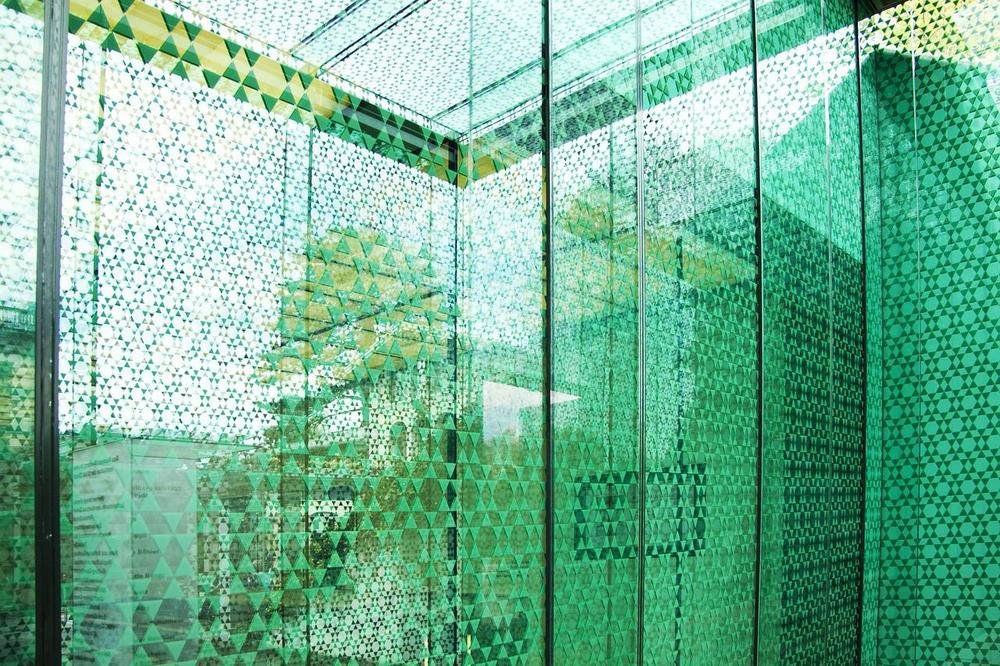
The Rietberg Museum displays art and archaeology from all over the world in a collection of opulent villas and a contemporary annexe in the Rieterpark. These may be religious artefacts from the South Seas, monuments from the Old Kingdom of Egypt, Buddhist works from East Asia, African sculptures, or even expertly crafted masks made right here in Switzerland. There is a ton of content for short-term presentations on particular regions of the world or subjects in the vast archives. If you want to eat lunch in the Rieterpark during the summer, you can pick up a picnic basket at the museum cafe.
Lake Zürich
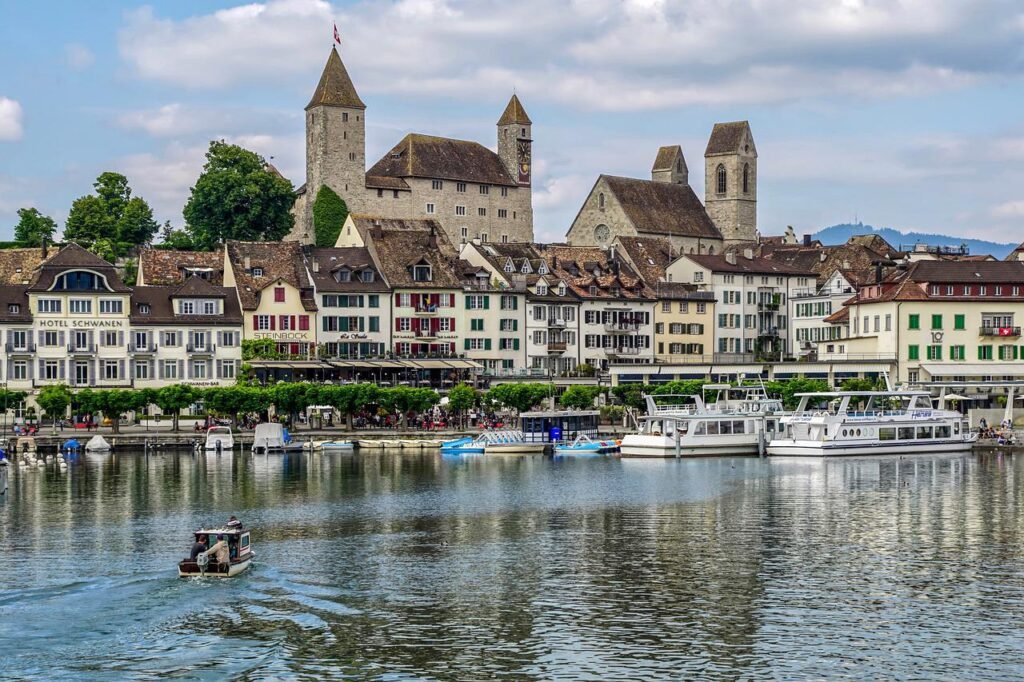
The wooded peaks of Pfannenstiel to the east and the Albis chain to the west are both passed by this long, crescent-shaped lake as it curves. There are various strategies to maximize your time at the lake, some of which we’ll discuss in greater detail below. Take the beautiful promenade along the east shore in the Seefeld district instead if you’re just strolling around the city for convenience’s sake. From there, you can view Uetliberg and the numerous yachts and other boats that are gliding around the lake in the summer. The promenade extends three kilometres from Bellevue to Tiefenbrunnen from its beginning point. It is a part of a system of pathways that were planned to circle the lakefront in the 1880s.
Bahnhofstrasse
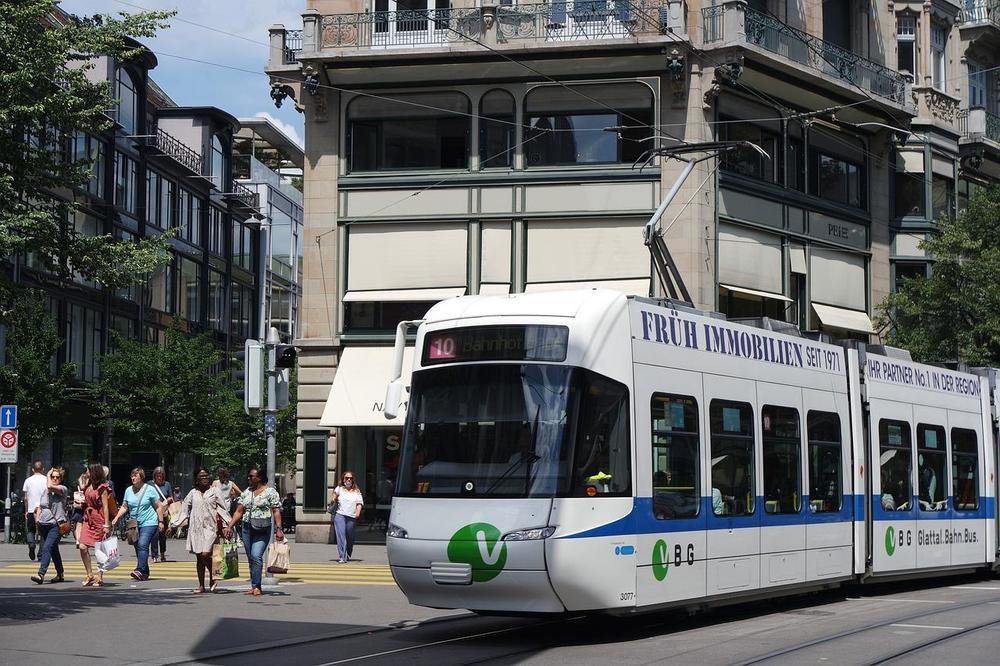
One of the most expensive shopping streets per square meter is in Zürich. And it makes sense that the majority of the modern storefronts sport the logos of top-tier global luxury companies. Consider brands like Louis Vuitton, Prada, Chanel, Burberry, and Gucci. Bahnhofstrasse in Zürich is the epitome of showy riches, and the month of December, when Christmas decorations are up, is even wealthier. Although there isn’t much traffic, the tram network uses this street, and this can come as a surprise. The upscale stores are often found south of Paradeplatz. The upper class of Zürich has been visiting the famed Sprüngli candy shop and cafe on this square since the 19th century for coffee and pastries.
Grossmünster
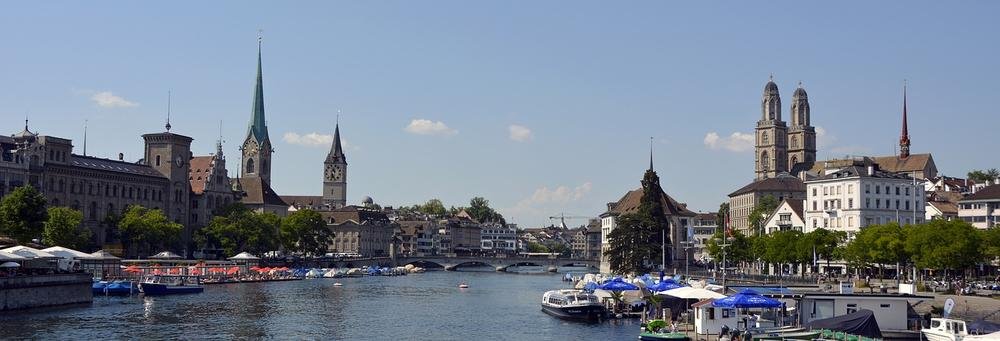
This Romanesque church’s two towers may be Zürich’s most recognizable feature. The Grossmünster, originally a monastic church, was begun at the start of the 12th century and was finished just over a century later. The main portal’s sculpted capitals with grotesques will appeal to anybody interested in medieval architecture. The oldest portion of the church, the crypt, is also original and features aged frescoes by Hans Leu the Elder. Huldrych Zwingli started the Swiss Reformation in Grossmünster in the 16th century, and the church separated from the papal in 1523. At the church, there is a museum dedicated to these incidents. The stained glass windows are modern, and in the choir, these are composed by Alberto Giacometti, while there’s also a set by German modern artist Sigmar Polke.
Zürich-West
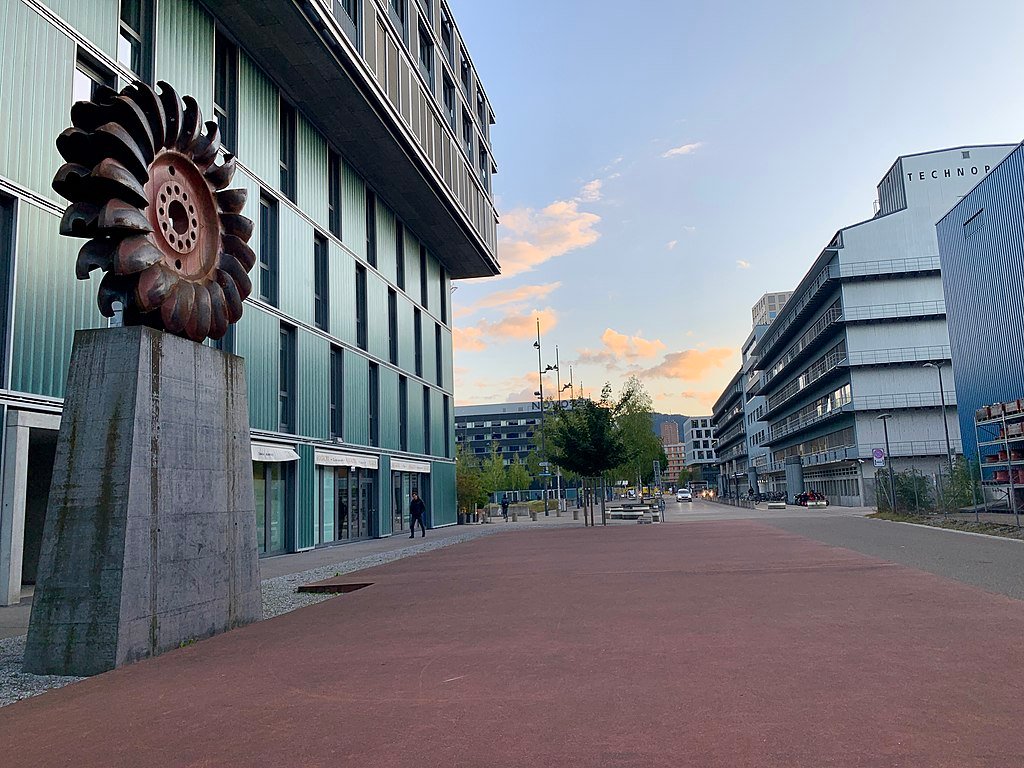
Tourists congregate in the Old Town, but if you want to experience Zürich’s fashionable and creative side, head to this formerly industrial area. Heavy manufacturing was centred in District 5, which is northwest of the Hauptbahnhof until the 20th century was over. This was a bad place to be just a few years ago, but it has quickly recovered. The Viadukt, a converted railway viaduct with chic pubs, eateries, and stores housed within the brick arches, is the centre of attention in Zürich-West. In some places, factories have been demolished and replaced with parks and entertainment venues like theatres. Another representation of Zürich-revival West is the Prime Tower, the country’s second-tallest skyscraper, which rises over Bahnhof Hardbrücke.
Limmat Cruise
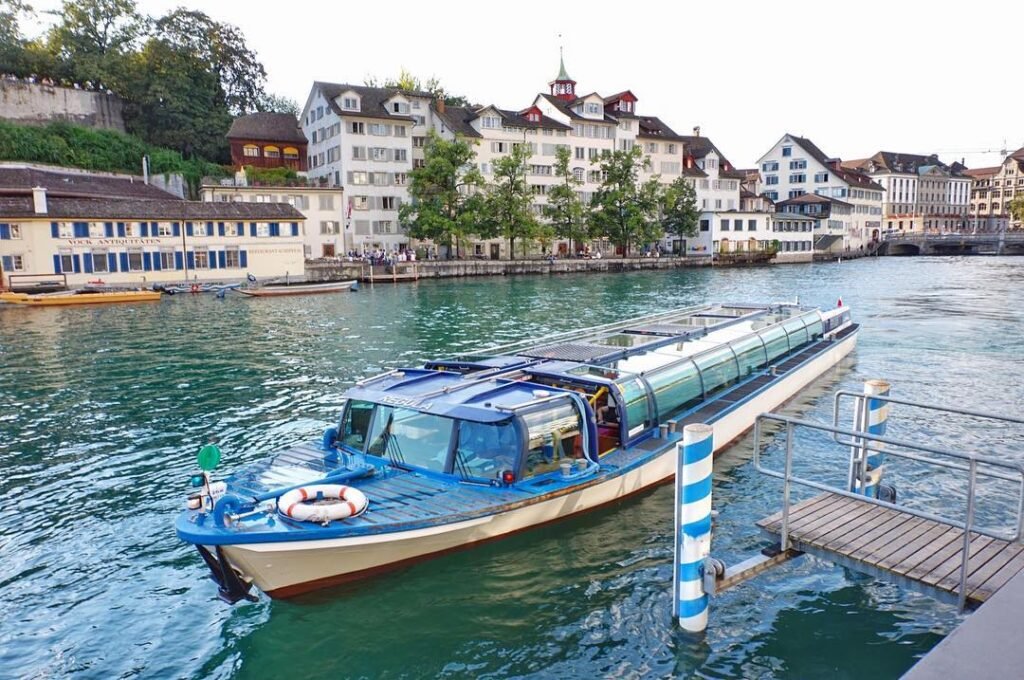
The wharf in front of the Landesmuseum is where you board a boat to take you down the city’s main river (Swiss National Museum). From April through October, cruises are offered, with boats leaving every half-hour. And in July and August, you can make the trip any time between 09:05 and 21:05. The trip is worthwhile since you’ll get a stunning view of Zürich’s Old Town, which stretches along both banks of the river. You will see landmarks like Grossmünster and Fraumünster in a new way as the boats are built to sail beneath all seven of the city’s bridges on the Limmat.
Niederdorf

The vibrant and young Niederdorf neighbourhood is located beneath the Grossmünster’s towers. When you experience the mood in this compact network of car-free cobblestone alleys on the right bank of the Limmat, you’ll understand why residents in Zürich frequently refer to it as Dörfli. You may explore the area’s design stores and stylish boutiques during the day, and at night, you can go out and cause mayhem. You must choose the veal in a wine and cream sauce known as “zürcher geschnetzeltes” when you visit for food. A few locations also deserve special mention, such as the Cabaret Voltaire, one of the Dada movement’s early locations, and the Conditorei Péclard, a historic café with decor dating back a century.


